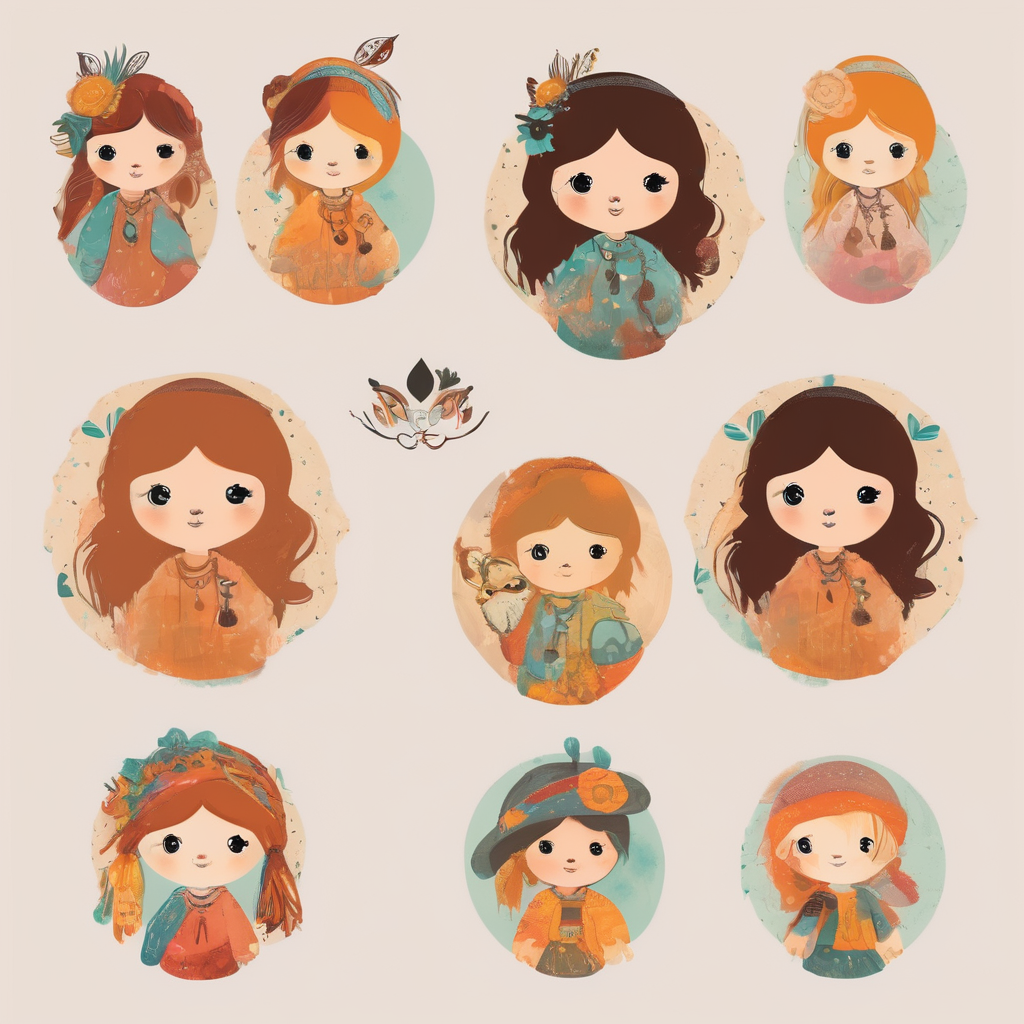Overview of Sustainable Textile Innovations
Sustainable textiles are becoming central in the quest for a greener fashion industry. This shift arises from the growing urgency to minimize the environmental impact of clothing production. Innovative fabrics offer promising solutions, bridging the gap between fashion and sustainability. These materials are designed to be durable, biodegradable, and often utilize fewer resources compared to traditional textiles.
The current landscape of eco-friendly materials includes advances in several areas. Notable developments are in bio-based fabrics, which derive from natural resources like plants. For instance, fabrics made from hemp, bamboo, and even pineapple leaves are gaining popularity due to their minimal processing requirements. Additionally, recycled materials play a crucial role in reducing textile waste by repurposing existing resources.
This might interest you : Elevate Your Birmingham Style: The Definitive Monochrome Fashion Handbook for a Captivating Wardrobe Transformation
Technology underpins much of this sustainability revolution. From digital tools that monitor ecological footprints to new methods that enhance manufacturing efficiency, technology is an enabler of sustainable practices. Innovations such as waterless dyeing techniques and low-energy production systems are transforming how textiles are produced. These technological strides not only enhance the eco-friendliness of the fashion industry but also make sustainable textiles more accessible to brands and consumers alike.
Key Revolutionary Textile Innovations
In the sphere of sustainable fashion, revolutionary textiles play a pivotal role in reshaping the industry. Leveraging advanced fabric technology, these materials not only pave the way for more sustainable practices but also redefine the potential of fashion materials.
In parallel : Transform Your Home Workspace: Unveil the Ideal Combination of Comfort and Chic with UK Knitwear!
Bio-based and Recycled Materials
Bio-based materials such as organic cotton and biofibres from algae are now cornerstones in sustainable fashion. These materials significantly reduce reliance on fossil fuels and diminish chemical use. Meanwhile, recycled materials, like polyester made from plastic bottles, help mitigate waste by reincorporating spent products into the production cycle. Brands like Patagonia and EILEEN FISHER are exemplary, innovatively utilizing these resources to craft clothing that resonates with environmentally conscious consumers.
Water- and Energy-efficient Fabrics
Reducing water usage is central to textile sustainability. Innovations like dyeing techniques requiring 90% less water highlight transformative shifts. Energy-efficient processes, including low-temperature dyeing, cut energy consumption substantially, making them economically appealing. Pioneers such as Levi’s and Adidas are at the forefront, tapping into these methods, championing eco-efficiency alongside style. By integrating these practices, brands not only align with sustainable goals but also attract a consumer base increasingly attuned to their environmental impact.
Smart Textiles
In the rapidly evolving world of sustainable textiles, smart fashion has emerged as a frontier, merging technology with clothing to create connected textiles. These are not just garments; they are evolved tools equipped with sensors that can monitor health, adjust based on environmental conditions, or even charge electronic devices. Imagine a jacket that adjusts its temperature based on weather or communicates metrics on air quality to your smartphone. The potential of these revolutionary textiles is substantial, offering a bridge between sustainability and futuristic functionality.
Integrating technology into fashion considerably impacts sustainability. Smart textiles can reduce waste, as garments with longer life spans need less frequent replacement. Additionally, these textiles can optimise energy use, for instance, by adapting insulation automatically rather than through manual adjustment, ensuring energy efficiency.
Companies at the forefront, like Google’s Project Jacquard and Levi’s, exemplify how advanced fabric technology in clothing can lead to practical, eco-friendly solutions. As smart textiles continue to evolve, they promise not just to redefine convenience but also to cement their place in the spectrum of sustainable fashion materials, offering both ecological and technological benefits.
Case Studies of Leading Brands
The adoption of sustainable fashion by leading brands plays a crucial role in setting industry standards. Notably, the use of innovative textiles has had a profound impact on brand identity and consumer trust. Companies like Patagonia and EILEEN FISHER have integrated eco-technologies into their production processes, reducing environmental footprints while gaining loyal followings. These brands focus on bio-based and recycled materials, showcasing how recycled fabrics, such as polyester from plastic bottles, significantly lower waste and promote eco-friendly materials. Through these efforts, they maintain a position at the forefront of sustainable fashion materials.
The case studies of these brands reflect not only their commitment to sustainability but also provide a roadmap for others. Their successful initiatives illustrate that transparency in innovative fabrics and sustainable practices strengthens consumer trust and enhances market positioning. Such initiatives embody the practical application of sustainable textiles, with lessons learned underscoring the importance of sustainability beyond mere marketing.
Brand examples like Adidas also exemplify industry leadership by adopting water-efficient techniques and energy-conscious manufacturing, proving that innovation in textile technology can translate into both economic and environmental benefits. Their stories serve as inspiring examples for others in the industry.
Industry Expert Insights
Insights from sustainability experts provide valuable perspectives on the evolving landscape of the textile industry. These industry professionals recognise several hurdles that need addressing to advance the adoption of sustainable textiles. A key challenge lies in balancing the cost of innovative fabrics with affordability for consumers without compromising on quality and durability.
Experts highlight that while eco-friendly materials are gaining traction, widespread industry adoption requires significant investment in new technologies and infrastructure. Advanced fabric technology plays a pivotal role, with experts predicting more breakthroughs in smart textiles, which are expected to integrate seamlessly with everyday fashion, providing both functional and environmental advantages.
In interviews, experts also stress the importance of collaboration across the supply chain to overcome barriers and drive sustainable change. Transitioning to a more sustainable fashion industry involves not just technological innovation but also regulatory support and consumer education. This holistic approach is perceived as essential for truly revolutionary textiles that can transform the market, with a focus on environmental preservation and economic viability.
As the conversation around sustainability intensifies, these expert insights underline a promising future for the intersection of fashion and eco-consciousness.


